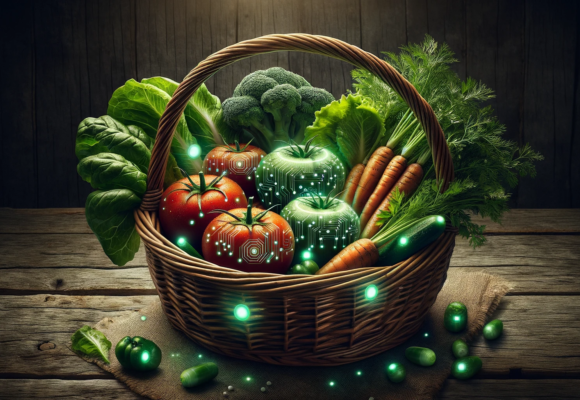Over the next decade, artificial intelligence (AI) is poised to radically transform the landscape of farming and land cultivation, ushering in a new era of precision agriculture. By harnessing the power of AI, farmers will be able to optimize every aspect of their operations, from planting and watering to pest control and harvesting, thereby increasing efficiency, yields, and sustainability. Here’s a summary of the key areas where AI is expected to have a significant impact:
Precision Farming
AI-driven technologies will enable precision farming, allowing for the meticulous management of farm operations. Through the analysis of data from satellite images, drones, ground sensors, and weather stations, AI algorithms can provide actionable insights on crop health, soil conditions, and moisture levels. This information enables farmers to make precise decisions about where, when, and how much to water, fertilize, or apply pesticides, significantly reducing resource wastage and environmental impact.
Crop Monitoring and Management
AI will revolutionize crop monitoring by employing advanced image recognition technologies to detect plant diseases, nutrient deficiencies, and pest infestations at early stages. By promptly identifying these issues, AI enables more targeted intervention, reducing the reliance on broad-spectrum chemical treatments and supporting more sustainable farming practices. Furthermore, AI systems can predict crop growth and yield with high accuracy, aiding in planning and resource allocation.
Automated Machinery
The integration of AI into farm machinery will lead to the widespread adoption of autonomous tractors, drones, and robotic harvesters, automating tasks such as planting, weeding, and harvesting. This automation will not only reduce labor costs but also increase precision and efficiency, allowing for farming practices that are both economically viable and environmentally friendly.
Supply Chain Optimization
AI will enhance the agricultural supply chain by improving demand forecasting, logistics, and market access. By analyzing market trends, weather patterns, and consumption data, AI can help farmers optimize planting decisions and reduce the risk of overproduction or shortages. Additionally, AI can streamline distribution processes, ensuring that crops are transported efficiently from farm to table, reducing spoilage and enhancing food security.
Sustainable Practices and Environmental Conservation
One of the most significant impacts of AI in farming will be its contribution to sustainability and environmental conservation. By enabling more precise resource use and supporting the adoption of no-till farming, cover cropping, and other regenerative practices, AI can help reduce carbon footprints, conserve water, and preserve soil health. AI-driven analysis can also guide land use planning, promoting biodiversity and ecological balance.
Challenges and Considerations
While the benefits of AI in farming are substantial, there are challenges and considerations to address, including the digital divide between large and small-scale farmers, data privacy and ownership issues, and the need for infrastructure and skills to implement and manage AI technologies. Moreover, ethical considerations regarding data use, algorithmic transparency, and the potential impact on rural communities and employment must be carefully navigated.
Conclusion
In conclusion, AI’s role in transforming farming and land cultivation over the next decade cannot be overstated. By increasing efficiency, yields, and sustainability, AI has the potential to solve some of the most pressing challenges facing agriculture today, including food security, climate change, and environmental degradation. However, realizing these benefits will require thoughtful integration of technology, addressing ethical and practical challenges, and ensuring that the advancements in AI-driven agriculture are accessible and beneficial to all farmers, regardless of their size or location.


 13 Feb 2024
13 Feb 2024
 Posted by Watchdog Ent.
Posted by Watchdog Ent.  0 Comment
0 Comment 









